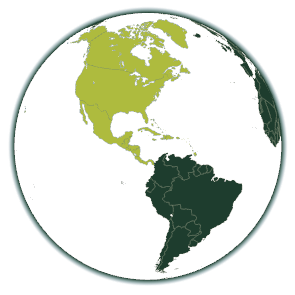Lupinus polyphyllus
Many-leaved Lupine
Lupinus polyphyllus, also known as large-leaved lupine or many-leaved lupine, is a plant species native to North America that has since spread to Europe and other regions of the world. It is grown as an ornamental plant in many gardens and parks because of its striking and colourful flowers. The plant can reach a height of up to 1.5 metres and has a striking, dense flower panicle with many individual blue or purple flowers. Lupinus polyphyllus prefers sunny to semi-shady locations and grows best in moist, nutrient-rich soil. The plant is also important as a forage plant for livestock. In some areas, however, it has spread uncontrollably and can suppress native plant species.
Types of damage
Region of origin
North America

Introduction vectors
Current distribution
Based on the FlorKart Database of the Federal Agency for Nature Conservation, as of 2013
Miscellaneous
Dispersion forecast
Indicates the proportion of land suitable for habitat under current and future climate conditions (2060-2080) under three emission scenarios (RCP26, RCP45 & RCP85).

Habitat suitability under current climate conditions
These habitat suitability maps show for Lupinus polyphyllus where suitable habitat conditions exist.
The map on the left shows this for current climate conditions. Below this are maps for the time classes 2040-2060 and 2061-2080, in which three different emission scenarios can be selected.
The slider at the top left allows you to adjust the opacity of the map to make orientation easier.
By clicking on the respective quadrant, information on the environmental conditions present in it can be called up.
The methodology is explained here .
















